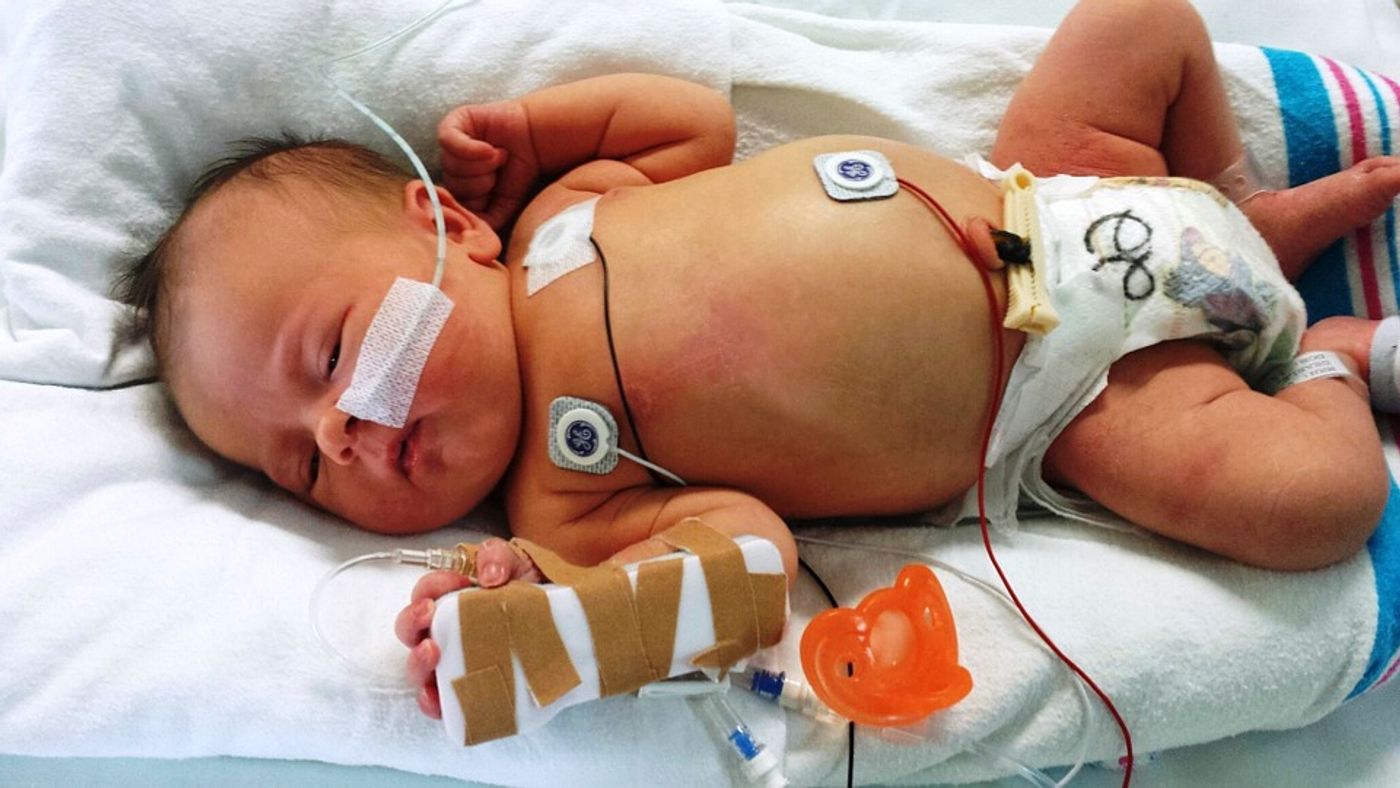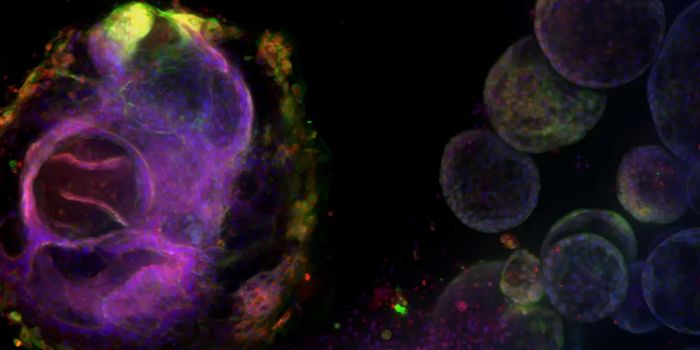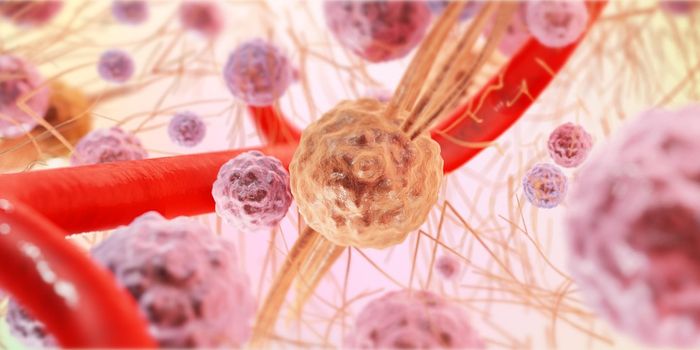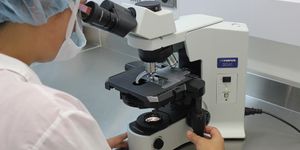Infant with leukemia saved by liver cancer drug
A young child just months old recently successfully received cancer treatment for an uncommon type of leukemia. The drug used in the treatment was not a targeted leukemia drug but instead sorafenib, a drug typically used for treating adults with inoperable liver cancer and advanced kidney cancer.
The new research was published in the journal Leukemia and led by senior author Elliot Stieglitz, MD, a physician-scientist in the UCSF Division of Pediatric Hematology/Oncology and the Helen Diller Family Comprehensive Cancer Center.
The young infant, who is now a healthy toddler, had juvenile myelomonocytic leukemia (JMML), but did not respond to the typical standard of care of chemotherapy, so could not receive a stem cell transplant. In an attempt to look for alternative treatment options, Stieglitz’s team started to consider precision medicine based on genetic profiling. This move parallels a change in the way we are beginning to treat cancer on a greater level, with doctors considering therapy options based on the genes behind cancers not the kind of cancer itself.
In conducting a molecular profile of the infant’s cancer cells, the researchers found a mutation called an FLT3 fusion, which signifies the fusion of two genes together. This was a surprise, as it had yet to be discovered in pediatric cancers before – however, it opened up a new avenue for treatment. Dr. Mignon Loh, co-author of the paper and Chair in Pediatric Molecular Oncology explained:
"We know that fusions are more likely to respond to targeted therapies than other types of mutations. Sorafenib, which was developed at UCSF, is a type of targeted therapy known as a kinase inhibitor that works by blocking the action of an abnormal protein that signals cancer cells to multiply."
And in fact, sorafenib was just the treatment that the child needed in order to gain enough strength to receive a stem cell transplant. The significance of this case, say the authors, can be extrapolated to other cases as well.
"The patient's history reveals that the one-size-fits-all treatment approach does not work well for all children with JMML," said Stieglitz. JMML affects approximately 1.2 million children annually. The authors hope their research will create a ray of hope for these youngsters and their families.
Sources: Science Daily, University of California - San Francisco









